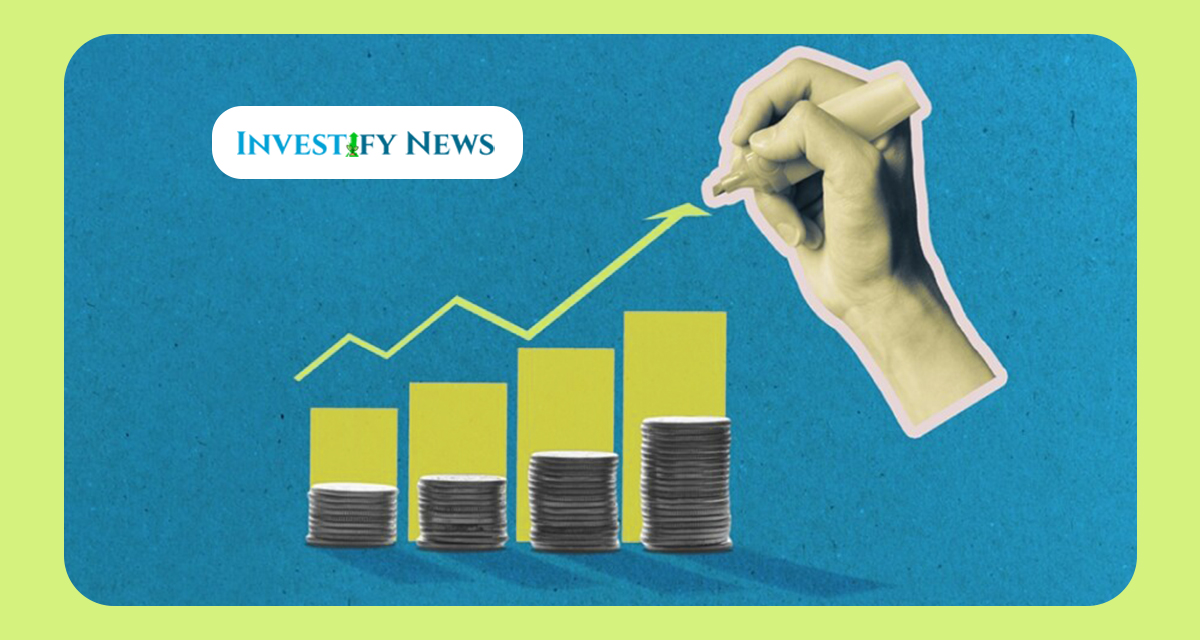Managing your money wisely often comes down to a tough choice: Should you pay off your debt first or start investing your money?

It’s one of the most common financial questions — and for good reason. Whether you’re in the USA, UK, or India, balancing debt and investment goals can feel like walking a tightrope. But don’t worry — we’re here to make it simple, with expert insights, relatable examples, and a clear roadmap you can follow.
📌 TL;DR (Too Long; Didn’t Read)
- High-interest debt (like credit cards) should almost always be paid off first.
- If your debt has a low interest rate, you may be able to invest and pay off debt at the same time.
- Your personal goals, income, and risk tolerance matter.
- A hybrid strategy is often the best of both worlds.
💳 Step 1: Understand Your Debt
Not all debt is created equal. Before deciding whether to invest or pay down debt, ask yourself:
| Type of Debt | Typical Interest Rate | Pay Off First? |
|---|---|---|
| Credit Card Debt | 18%–30% | ✅ Yes |
| Personal Loan | 10%–16% | ✅ Usually |
| Car Loan | 6%–12% | ⚠️ Depends |
| Student Loan | 3%–10% (varies) | ⚖️ Maybe |
| Home Loan/Mortgage | 3%–7% | ❌ Not urgent |
💡 Rule of Thumb: If your debt interest rate is higher than 7%, it’s better to pay it off before investing.
📈 Step 2: Know What You Could Earn from Investing
On average, long-term stock market investments can return about 7%–10% per year. But investing is never a guarantee — the markets go up and down.
Let’s look at an example:
Example:
- You have a credit card balance of $5,000 at 20% interest.
- You’re thinking of investing that $5,000 instead, with an expected return of 8%.
Result?
You’d be paying $1,000 in interest per year, while only potentially earning $400 from investing. That’s a net loss of $600.
✅ In this case, Pay off the debt first.
👥 What the Experts Say
📢 Suze Orman (U.S. financial expert):
“Paying off debt is the best investment you can make if the interest rate is higher than what you’d earn in the market.”
📢 Dave Ramsey (U.S. financial coach):
“Debt is risk. If you get rid of risk, you win. Be debt-free before you invest.”
📢 Monika Halan (Indian financial advisor):
“If you’re paying 14% on your loan, and earning 8% on investments, you’re effectively losing money.”
🧠 Step 3: Know Your Psychology & Risk Tolerance
Sometimes, it’s not just about the math. It’s about peace of mind.
- Are you stressed about debt? Paying it down may help you sleep better at night.
- Are you comfortable taking some risks to grow your wealth? Investing while paying off debt might suit you.
🧘♂️ Mental relief matters. Financial decisions aren’t just numbers — they’re emotional, too.
💡 Step 4: Consider a Balanced Strategy
The Hybrid Approach — A Win-Win for Many
Instead of choosing only one path, you can do both.
Example:
- You have $1,000 a month in extra income.
- Your debt interest is moderate (say, 8%).
- You split your money: $700 toward debt, $300 toward investing.
This way, you reduce your debt while still building wealth. Over time, as the debt shrinks, you can increase your investment contributions.
🌍 Country-Specific Tips
In the USA
- Use employer-matching 401(k) plans if available. That’s free money — always invest at least enough to get the match.
- Student loan interest may be tax-deductible, reducing the urgency to pay it off early.
In the UK
- Take advantage of ISAs (Individual Savings Accounts) — tax-free investing.
- Overpaying mortgages can save interest, but rates are usually low. Consider investing if rates are under 4%.
In India
- Use SIP (Systematic Investment Plans) to start small with mutual funds.
- Prioritize repaying high-interest personal loans or credit card balances before investing in equity.
📊 Chart: Compare Debt vs. Investment Return Rates
This chart shows why high-interest debt (like credit cards) should usually be paid off before you even consider investing.
🛠 Pro Tips to Make It Easier
- Automate payments and investments – Set up auto-debit so you don’t have to think about it.
- Track your progress – Use apps like Mint (USA), Moneybox (UK), or Groww (India).
- Build an emergency fund first – At least 3–6 months of expenses before aggressive investing.
🚀 Conclusion
The right decision depends on your unique financial picture. But here’s a simplified decision tree:
Ask yourself:
- Is my debt interest rate higher than 7%? ➡️ Pay it off first.
- Can I earn more from investing than I pay in interest? ➡️ Consider investing.
- Can I do both? ➡️ Use a hybrid strategy.
Whatever you choose, the key is to start. Every rupee, dollar, or pound you put toward your future moves you closer to financial freedom.
✅ Your Next Steps
- List all your debts, interest rates, and monthly payments.
- Calculate how much extra you can contribute each month.
- Decide whether to pay down debt, invest, or do both — and take the first step today!
📬 Want more financial clarity?
Subscribe to Investify’s newsletter for weekly tips, simple guides, and tools that make money work for you.
Thanks for sharing. I read many of your blog posts, cool, your blog is very good.
Can you be more specific about the content of your article? After reading it, I still have some doubts. Hope you can help me. https://www.binance.com/register?ref=IXBIAFVY